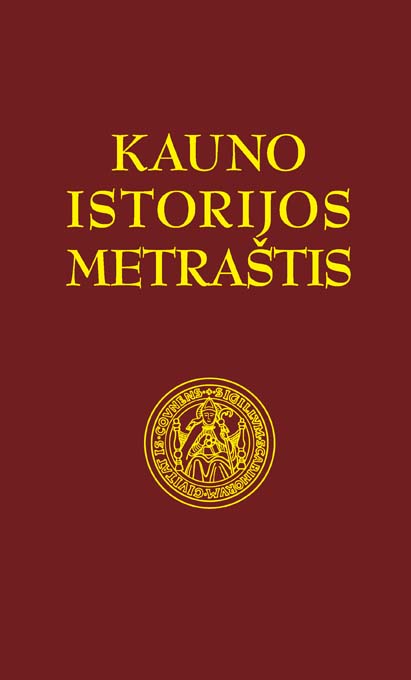Mergaičių mokymas Kauno benediktinių vienuolyne XIX a.
Teaching Girls at Kaunas Benedictine Monastery in the 19th Century
Author(s): Vaida KamuntavičienėSubject(s): History, Cultural history, Social history, Gender history, History of Education, 19th Century
Published by: Vytauto Didžiojo Universitetas
Keywords: Benedictine Convent of Kaunas; School for Girls; Enlightenment
Summary/Abstract: The Benedictines are widely known for their education activities as they established monastic schools. In addition to learning at home, these schools were the only alternative for girls at the Grand Duchy of Lithuania. The aim of the present article is to collect the information from archive documents about teaching girls at Kaunas Benedictine monastery and to describe the activity of this school, providing data about the teachers, pupils, and teaching content, as well as describe the importance of school for women’s education.Even though it is likely that secular girls were taught at Kaunas Benedictine monastery since its foundation in 1624, the need for education strengthened during the Enlightenment. After the occupation of the Grand Duchy of Lithuania, the Russian Empire encouraged teaching girls at monasteries at the beginning as it sought more benefit of monasteries to the society. However, in 1835, it was forbidden to teach girls at monasteries because the Czarist government understood that nuns did not educate citizens loyal to the empire; they rather cherished noble and Catholic values. There are some data that the Benedictines in Kaunas continued education activities secretly. Archival sources provide the first information about secular teachers at the end of the 18th century. They were called secular magisters and taught girls the same things that they knew themselves: religion, reading, writing, arithmetic, and crafts. In 1834, geography, Russian, and Polish were also taught. The flourishing of the Benedictine school was reached in 1828–1835, when the highest number, 17 girls, were studying. A part of poor girls was supported and educated by the nuns, while parents paid for living and education of the others.
Journal: Kauno istorijos metraštis
- Issue Year: 2015
- Issue No: 15
- Page Range: 55-62
- Page Count: 8
- Language: Lithuanian

